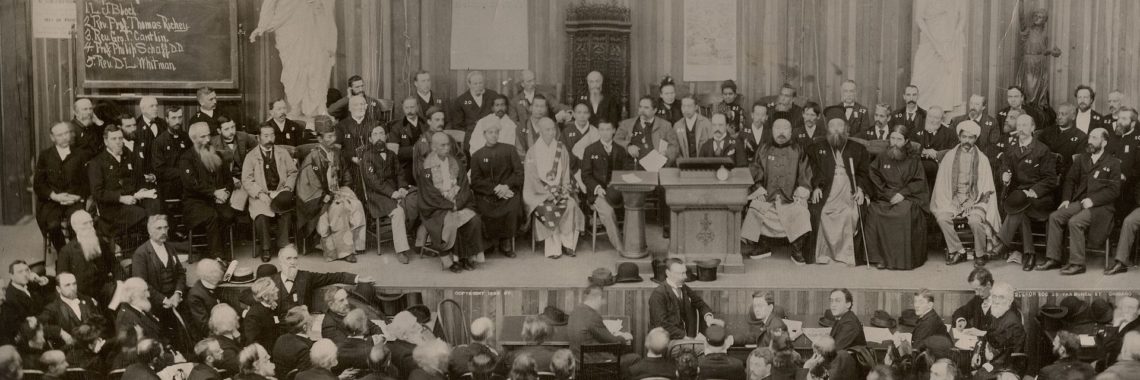“Church Burnings Across Ethiopia: A Signal of a State Struggling to Cope with Rapid Transition” by Bisrat Kebede
Vijay Vinoth / Pexels In 2019 in early September, the Ethiopian government held an emergency meeting with leaders of the Ethiopian Orthodox Church to discuss the ongoing political and religious tension in the country. Since July 2018, thirty churches have been attacked across several regions in Ethiopia. More than half of those churches have burned to the…











